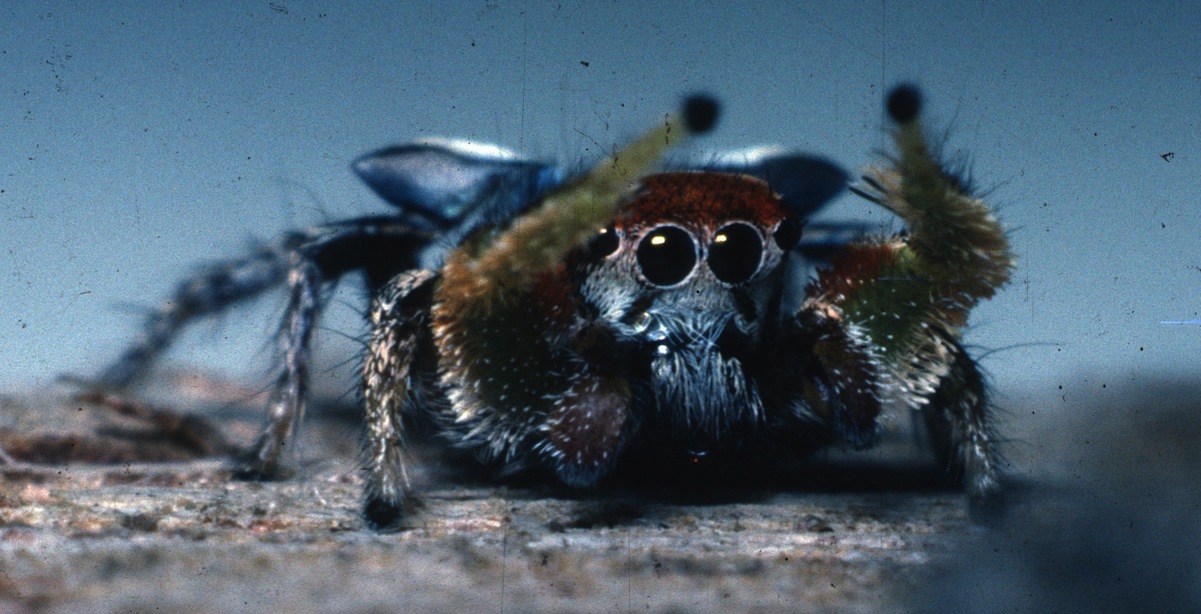There is a wealth of research on child rearing, some of which I’ve read. But my 14-month-old daughter recently pointed out that many of my so-called “evidence-based” views are hopelessly outdated. So I asked her to write a post in which she shares the very latest findings. This is cutting-edge baby science, dear readers. I think you’ll find it illuminating.
On sleep:
Some parents have been led to believe (by charlatans) that babies need to be sleep “trained.” I didn’t think you would be duped by these hucksters, mom. But a couple of weeks ago, I saw that you were reading that book by Richard Ferber (aka Lucifer). For those of you not familiar with his methods, I’ll give you the gist. (Warning: what I’m about to describe may be upsetting to some readers.) Sleep training consists of letting a baby cry for a prolonged period of time at night. I know. It’s totally barbaric. But it’s an all-too-common practice.
The theory is that falling asleep is a skill that babies must learn. But psychologists now know that crying is a baby’s way of saying, “Help!” My cry means that something is wrong. Now, maybe it’s a small something. Like, my paci is at the other end of the crib and I can’t find it in the dark. Or the corner of my blanket is making my hair feel creepy. Or I threw Bunny out of the crib and now I regret it. But then again maybe it’s a big something. Look, I could be in danger. No, really! The cat has been giving me the evil eye lately. I think she is hatching a plan to off me. So here’s what should happen: I cry, you come running. Your brain has evolved to respond to my cry. So, you better f&*%$ing respond. Continue reading


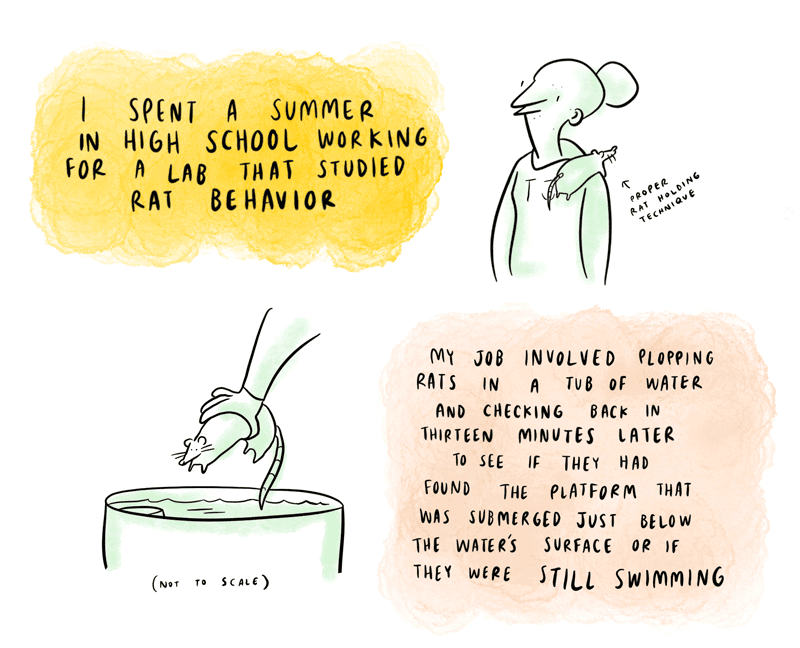
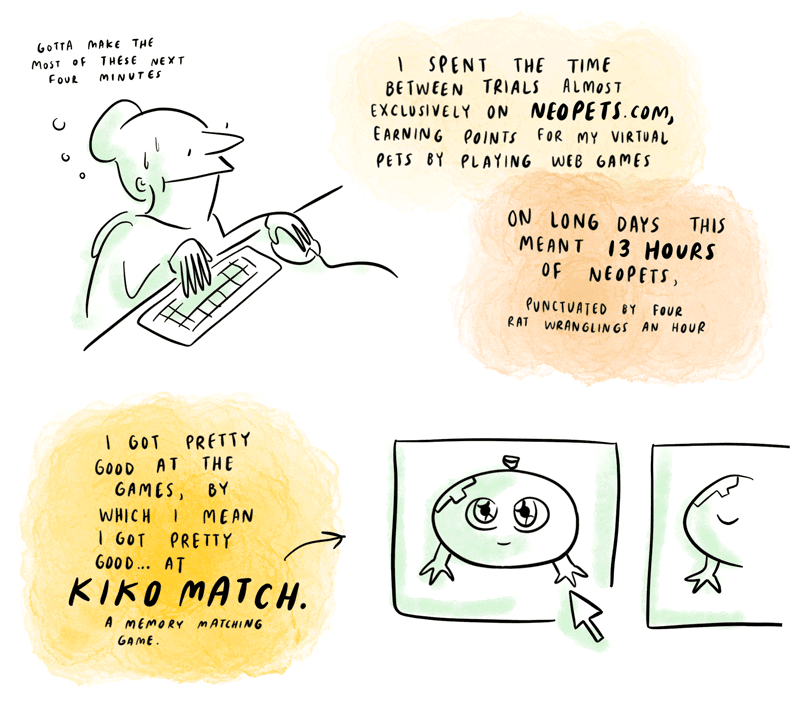

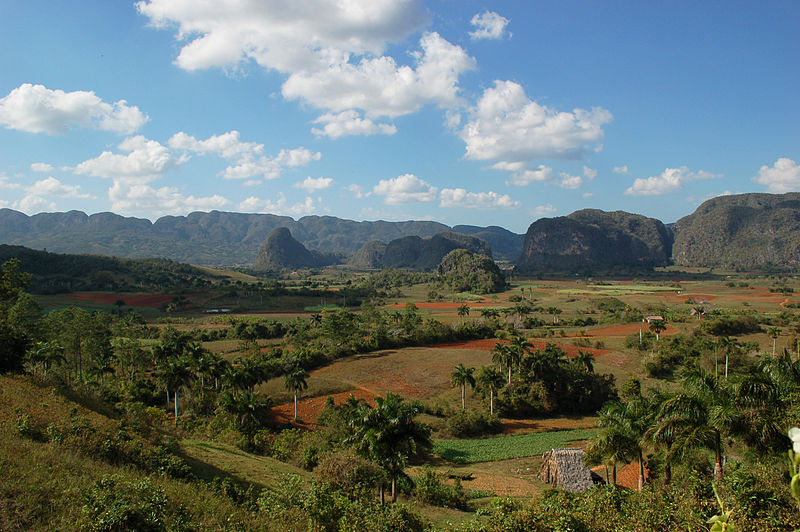
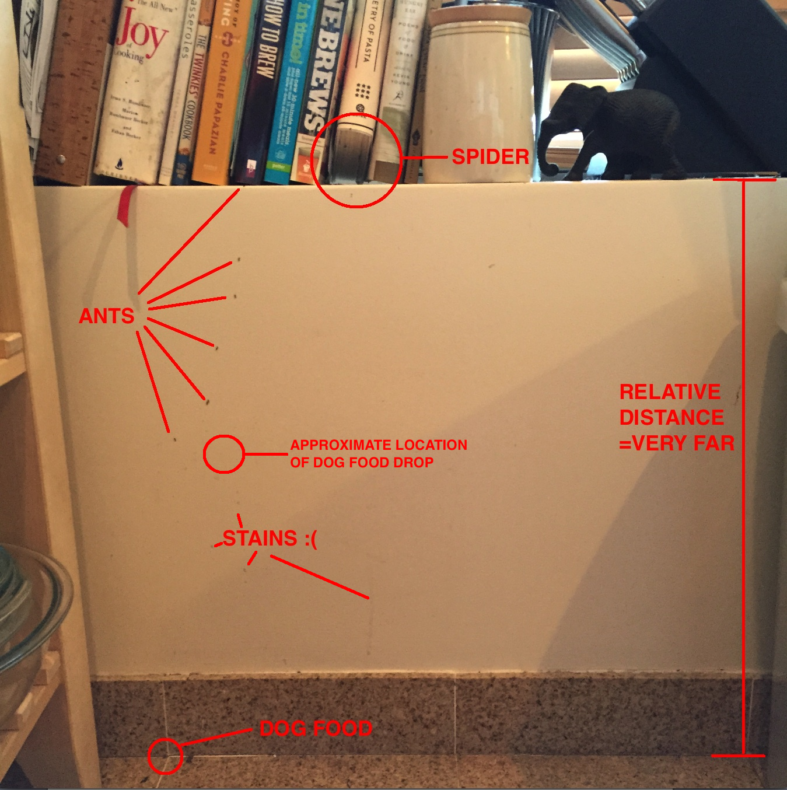
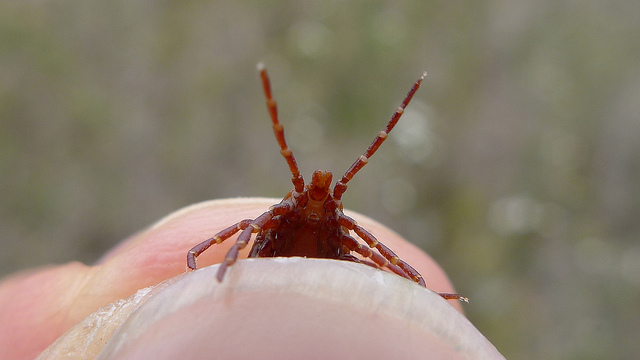 There’s a certain category of mundane but distinctly unpleasant discovery: The blueberries you just mixed in your oatmeal explode mold into your mouth at 6 a.m. You read that
There’s a certain category of mundane but distinctly unpleasant discovery: The blueberries you just mixed in your oatmeal explode mold into your mouth at 6 a.m. You read that 